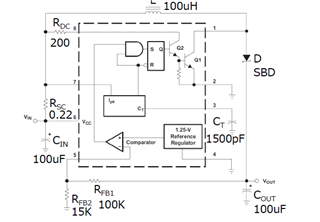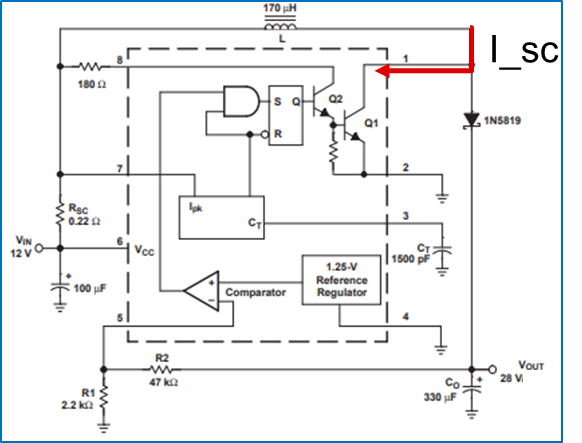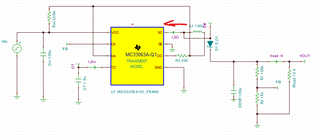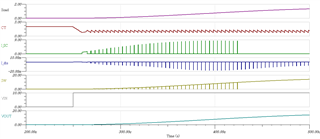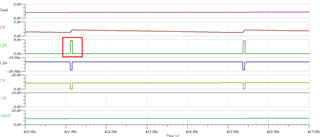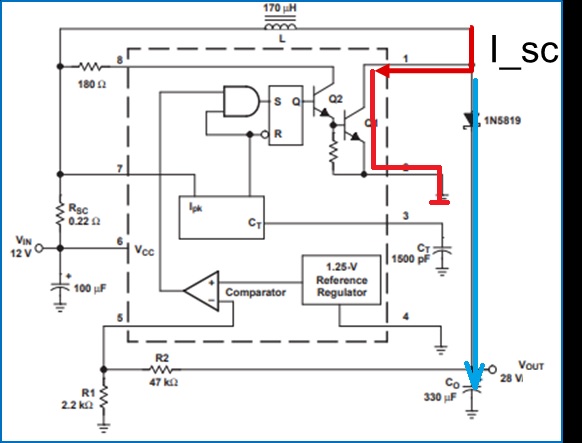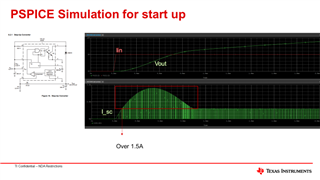Other Parts Discussed in Thread: MC33063A, LM51581, LM5157, LM5158, TINA-TI
Tool/software:
Hi Team,
I have question about the switch current for the MC33063-Q1. Accouding to the datasheet, the switch current max value is 1.5A right. when I see the simulation result at TINA TI, I can see the value is over the 1.5A like as below. Is it acceptable? If so, how do we understand this results?

Best Regards,
Uchihara



